NASA Astronomy Picture of the Day 2 February 2023: Reflection Nebulae near Orion's Sword
NASA’s Astronomy Picture of the Day is a stunning snapshot of reflection Nebulae NGC 1977, NGC 1975, and NGC 1973 located near Orion's Sword.
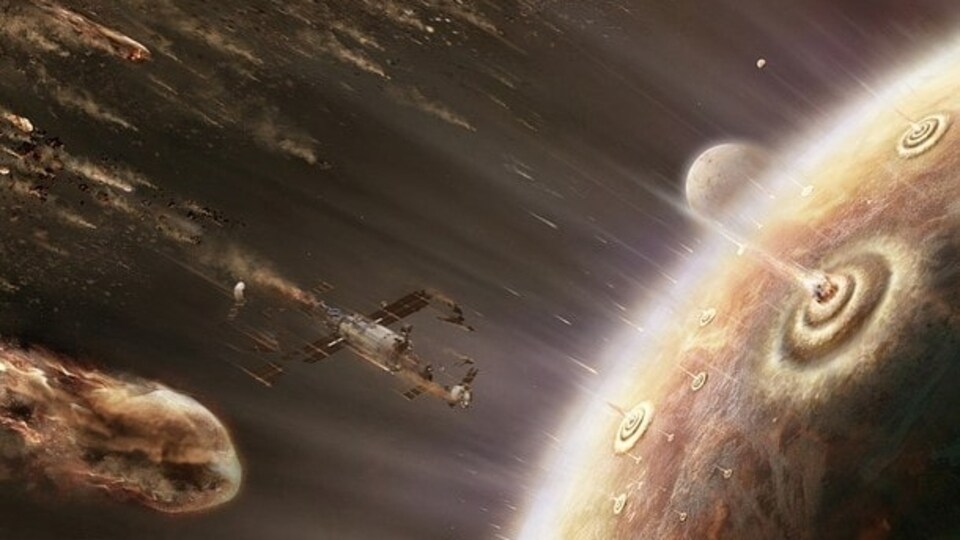
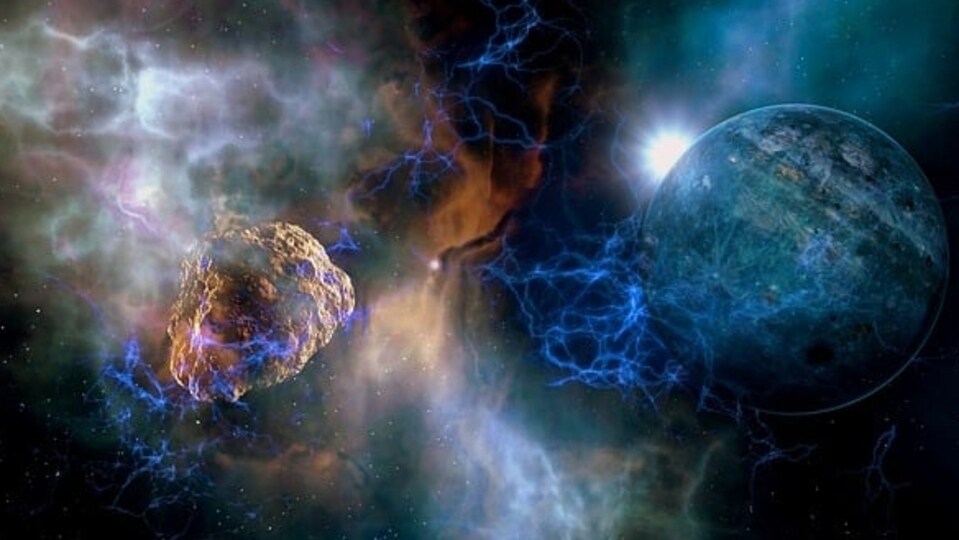
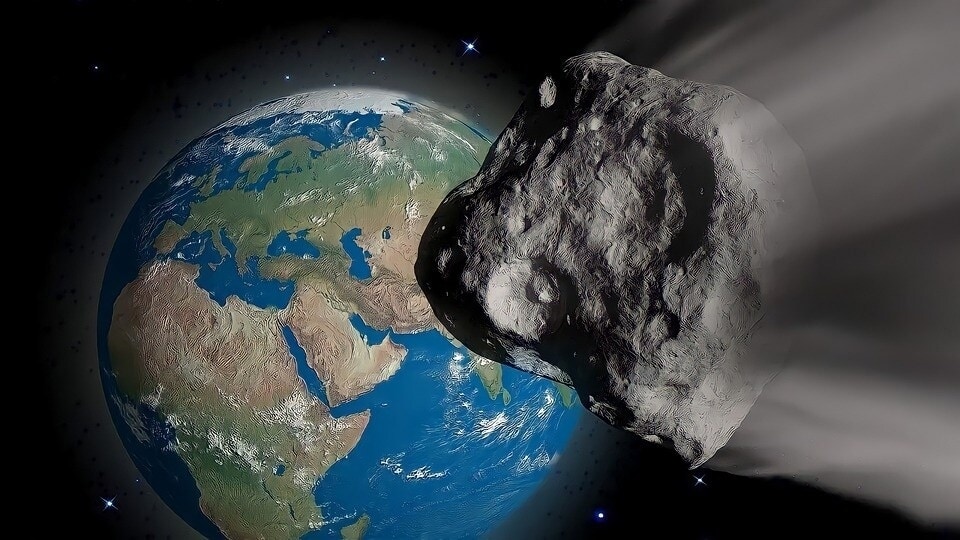
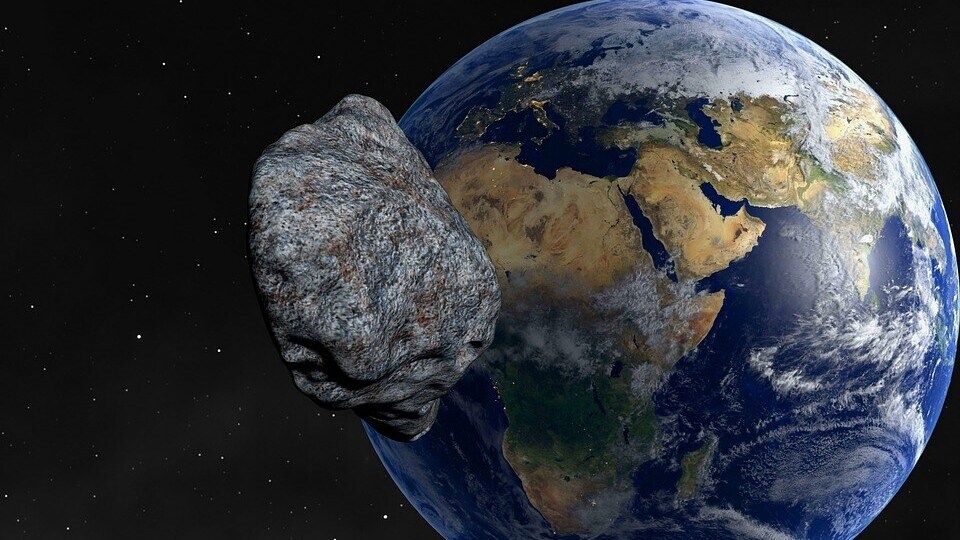
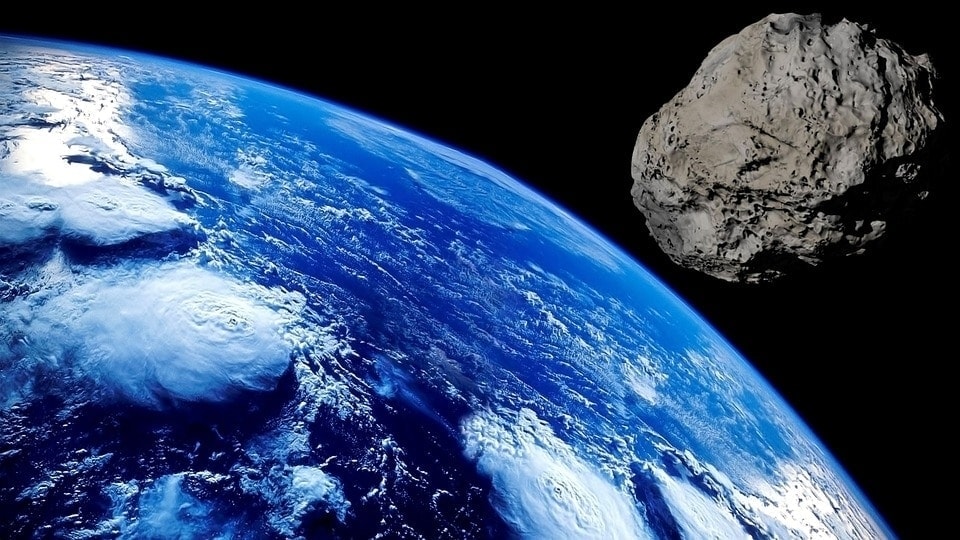
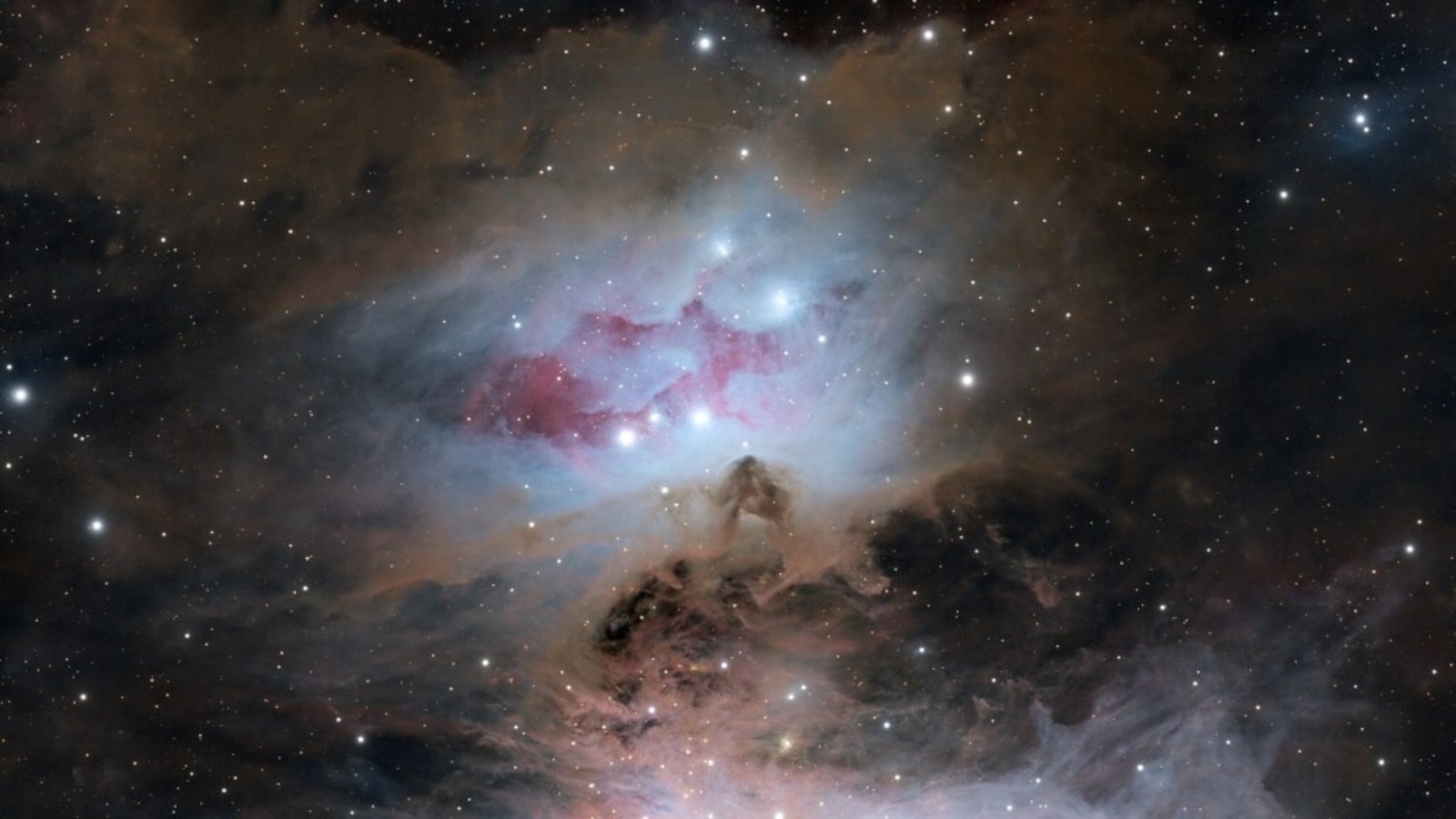
 View all Images
View all ImagesSpace, the final frontier, is an endless expanse lying just beyond the Earth's atmosphere. But space is not empty. It is filled with countless stars, planets, asteroids and other celestial objects. It has been the topic of interest for hundreds of years and has intrigued humanity ever since it was discovered. Nebulas exist in the space between stars, known as the Interstellar space. But what is a Nebula? Well, a Nebula is a star forming region located in Interstellar space. It consists of gases, mainly hydrogen and helium. According to NASA, a Nebula can contain as few as ten stars or as many as millions of stars.
NASA's Astronomy Picture of the Day is a stunning snapshot of reflection nebulae NGC 1977, NGC 1975, and NGC 1973, known as region Sh2-279. It is located about 1500 light-years away in the Northmost part of the asterism known as the Orion's Sword. There's also a reflection nebula embedded in this region which is called the Running Man Nebula, according to NASA. The image was captured by Daniel Stern, NuSTAR Project Scientist at NASA's Jet Propulsion Laboratory (JPL).
NASA's description of the picture
The 1970s are sometimes ignored by astronomers, like this beautiful grouping of reflection nebulae in Orion - NGC 1977, NGC 1975, and NGC 1973 - usually overlooked in favor of the substantial glow from the nearby stellar nursery better known as the Orion Nebula. Found along Orion's sword just north of the bright Orion Nebula complex, these reflection nebulae are also associated with Orion's giant molecular cloud about 1,500 light-years away, but are dominated by the characteristic blue color of interstellar dust reflecting light from hot young stars.
In this sharp color image, a portion of the Orion Nebula appears along the bottom border with the cluster of reflection nebulae at the picture center. NGC 1977 stretches across the field just below center, separated from NGC 1973 (above right) and NGC 1975 (above left) by dark regions laced with faint red emission from hydrogen atoms. Taken together, the dark regions suggest the region's popular moniker, the Running Man Nebula. At the estimated distance of Orion's dusty molecular cloud this running man would be about 15 light-years across.
Catch all the Latest Tech News, Mobile News, Laptop News, Gaming news, Wearables News , How To News, also keep up with us on Whatsapp channel,Twitter, Facebook, Google News, and Instagram. For our latest videos, subscribe to our YouTube channel.




























